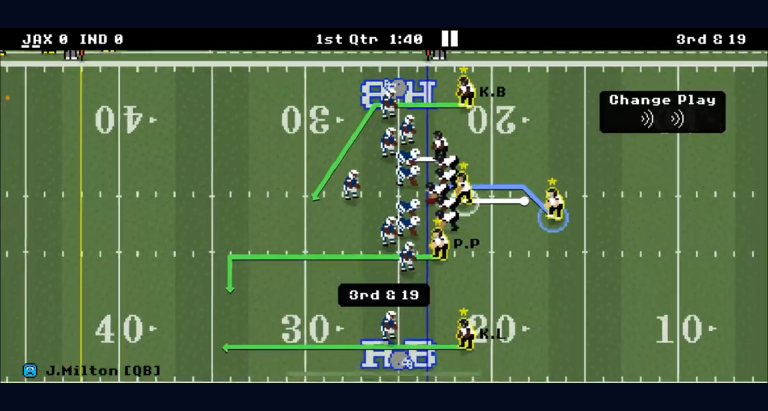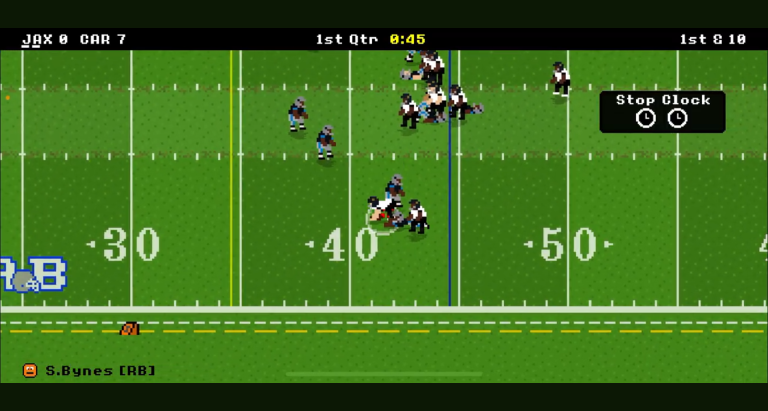In the world of sports simulation games, understanding the various mechanics that drive player longevity is crucial for optimal performance and success. One of the key aspects players must navigate in Retro Bowl is comprehension of what age do players retire in Retro Bowl. This can significantly influence player management strategies and overall team performance.
Understanding Retirement in Sports Simulation Games
Definition of Retirement in Retro Bowl
In Retro Bowl, retirement is a crucial game mechanic that mirrors the real-world phenomena of players leaving the field. Players can retire due to various factors, influenced by their performance and overall in-game circumstances. Unlike real-life sports where years of physical strain and personal motivations drive retirement, games like Retro Bowl simplify this by using algorithms based on players’ stats and achievements.
The Role of Career Longevity in Retro Bowl
Career longevity in Retro Bowl can be affected by a number of in-game factors including player growth, skills progression, and even the overall performance metrics they accumulate over their career. Notably, players who are developed well and maintain good form tend to have longer careers, extending their time on the field and contributing to their teams.
Typical Retirement Age for Players in Retro Bowl
Average Age for Player Retirement
When exploring what age do players retire in Retro Bowl, statistical data reveals that players typically retire around the age of 30. This age is slightly younger than real-life NFL players, who often retire later, around the age of 33 to 35, depending on their physical condition and performance levels.
Factors Affecting Retirement Age
Several factors influence the retirement age in Retro Bowl. These include:
1. **Player Performance and Stats**: Players who maintain higher performance ratings and excellent stats often see extended careers.
2. **Injuries and Their Impact**: Injuries can lead to earlier-than-expected retirements, forcing players to hang up their cleats prematurely.
3. **Influence of Game Updates**: Developers sometimes release updates that adjust player stats or retirement mechanics, altering overall career longevity.
This information is vital for players as they navigate team management and realistic expectations regarding their rosters.
Player Progression and Experience
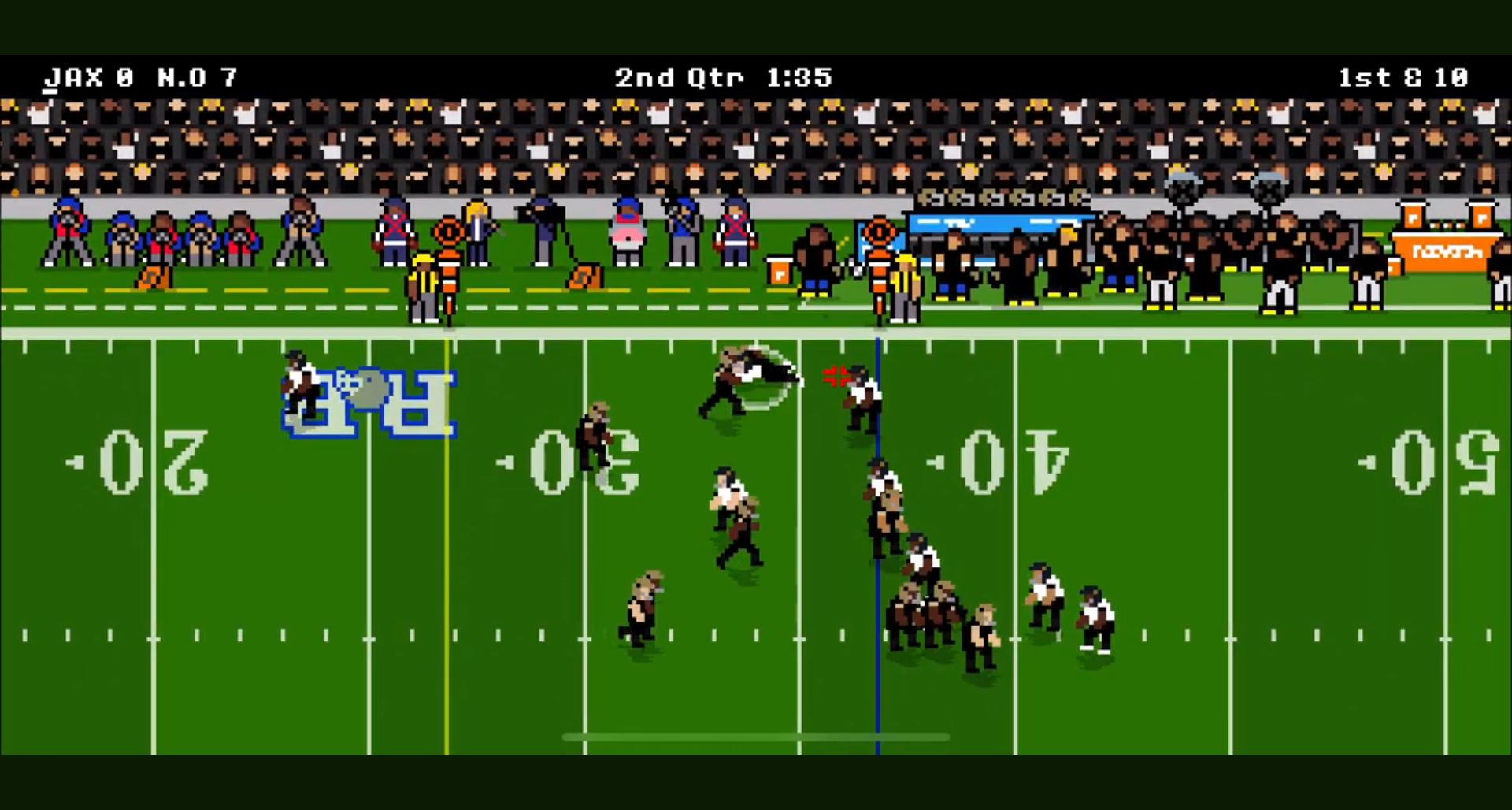
Growth Stages in Player Careers
In Retro Bowl, player careers transition through different stages, including rookie, average, and star. These stages play a significant role in determining the longevity and effectiveness of players on the field. Rookie players, for instance, often have lower skills but hold potential for growth, while star players usually exhibit their peak performances before facing a natural decline.
Impact of Player Experience on Retirement Decisions
The experience of a player can greatly influence their retirement decisions in Retro Bowl. As players gain experience, their skills and on-field performances can improve, potentially delaying retirement. However, a significant drop-off in performance metrics may lead to earlier retirements as players become less effective and desirable for the team.
Strategies for Maximizing Player Longevity
Training and Skill Development
To extend a player’s career, investing in training programs is vital. This includes focusing on developing crucial skills that enhance performance. Players that are well-prepared before the average retirement age tend to outperform their counterparts who neglect skill development.
Managing Player Fatigue and Injuries
Preventing injuries is essential for maximizing player longevity. Effective strategies include rotating players in games to minimize fatigue and using game mechanics to avoid overexertion.
Case Studies of Player Retirements in Retro Bowl
Analysis of Retired Players
Examining notable players within Retro Bowl reveals interesting patterns concerning their retirement ages. For example, a quarterback with high performance who is strategically developed may retire later, while a player suffering consistent injuries or declining stats may retire earlier. Understanding these patterns can assist players in adjusting their management techniques.
Lessons Learned from Player Retirement
New Retro Bowl managers can glean invaluable insights by studying past retirements. Preparing for aging players through proper development, training, and management can greatly enhance team performance and overall strategies.
Conclusion: Importance of Understanding Retirement Age in Retro Bowl
Recognizing what age do players retire in Retro Bowl is crucial for effective team management and strategy. By exploring the elements that contribute to player retirements, fans can better navigate their teams and optimize performance for long-term success.
Additional Resources
Community Discussions
Numerous community forums offer insights into player retirements in Retro Bowl. Engaging in discussions on platforms like Reddit can provide valuable tips and personal anecdotes from other gamers.
Recommended Strategies and Guides
There are various articles, tutorials, and videos that offer guidance on enhancing player longevity in Retro Bowl. Websites like GameFAQs and YouTube provide a wealth of knowledge useful for extending careers of your players.
| Aspect | Typical Age | Factors Influencing Retirement |
|---|---|---|
| Quarterbacks | 30 | Injuries, Performance |
| Running Backs | 28 | Fatigue, Skill Levels |
| Wide Receivers | 31 | Injury History, Stats |
| Defensive Players | 30 | Performance Decline, Injuries |
FAQs about Player Retirement in Retro Bowl
1. What age do players generally retire in Retro Bowl?
Players usually retire around 30 years old.
2. How does player performance affect retirement age?
Higher performance levels generally lead to longer careers, while poor performance can result in earlier retirements.
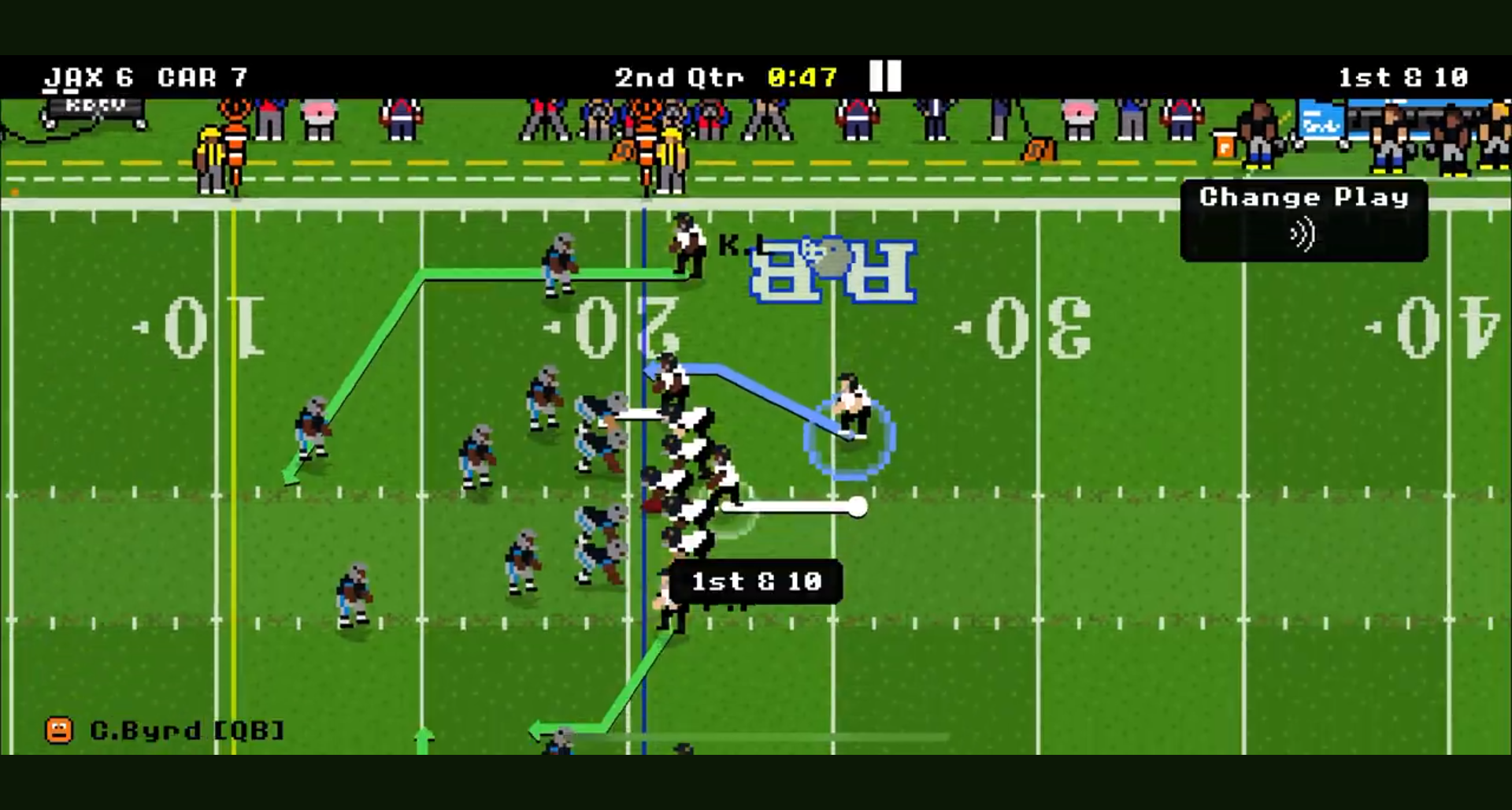
3. Can injuries cause early retirement?
Yes, injuries are a significant reason for players to retire sooner than expected.
4. Do game updates affect player longevity?
Yes, updates can adjust player stats and may influence retirement mechanics.
5. How can I manage player fatigue in Retro Bowl?
Rotating players regularly and utilizing training strategically can help manage fatigue.
6. Is there a benefit to training players younger?
Absolutely! Training younger players can enhance their skills and potentially extend their careers.
7. Are there notable examples of players who retired early?
Yes, players with poor performance metrics or frequent injuries typically retire early.
8. How can new players benefit from studying retirements?
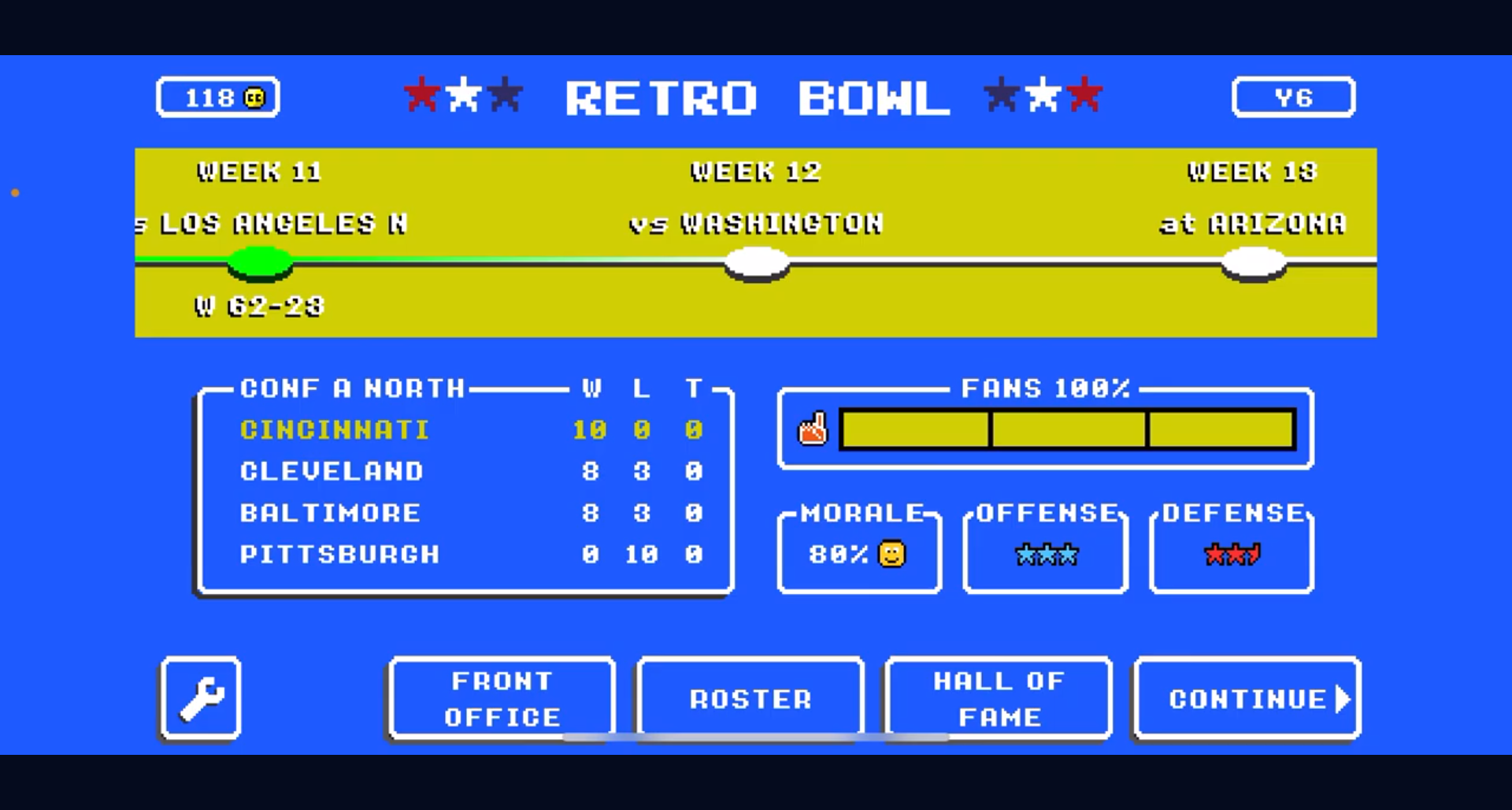
Understanding retirements can help new players prepare for aging rosters and develop strategies to extend player careers.
9. Where can I find more information about player management?
Community forums and gaming tutorials offer a wealth of knowledge on player management strategies in Retro Bowl.
10. Is player experience important in determining retirement age?
Yes, experience plays a crucial role; experienced players often have better performance and longevity.

